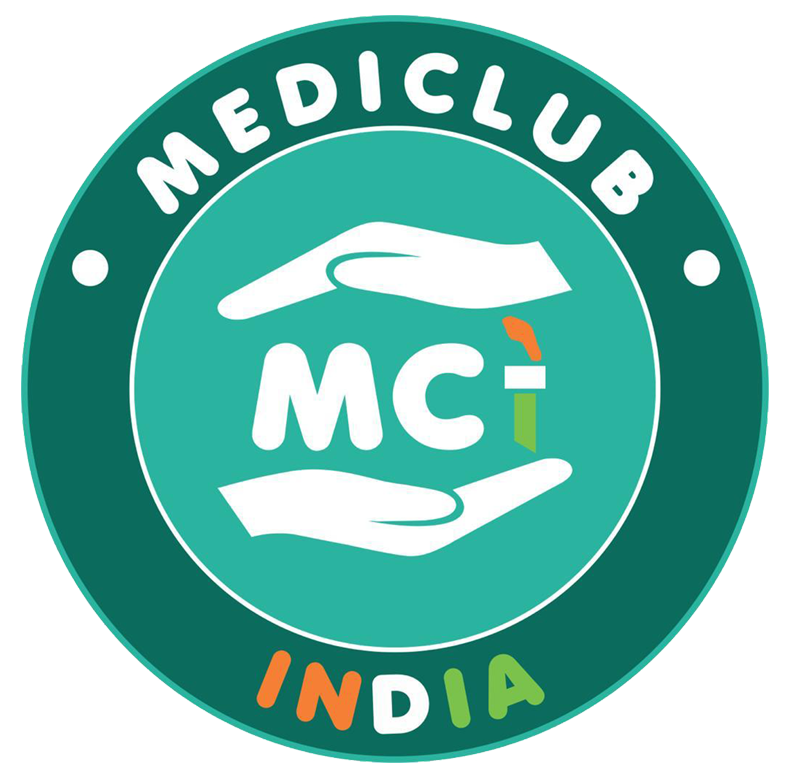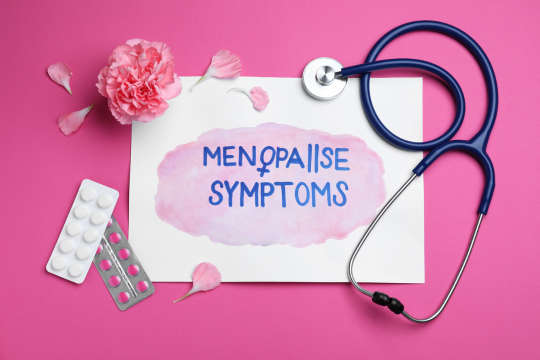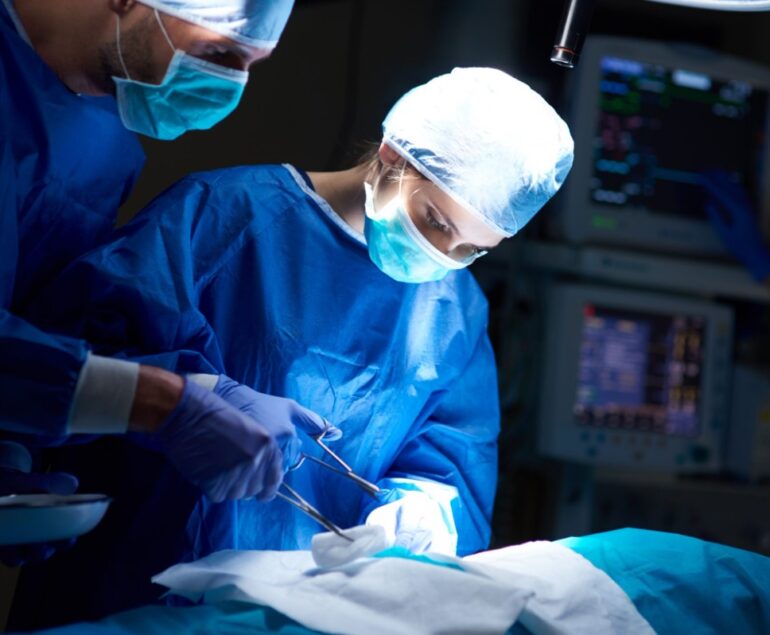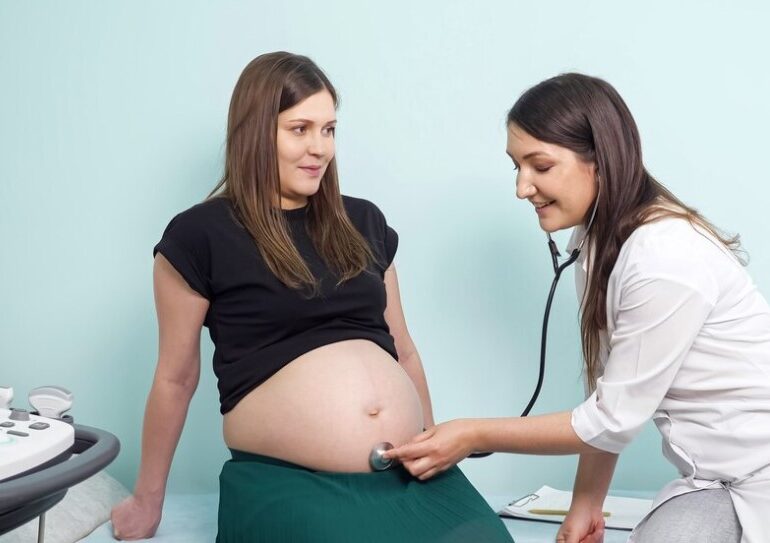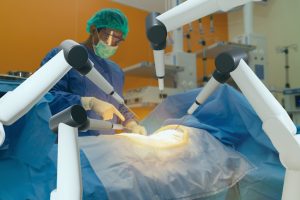Women’s health is often surrounded by silence, hesitation, or myths. One such condition that affects millions of women globally, including in India, is uterine fibroids. These non-cancerous growths in the uterus are more common than many realize, yet they remain underdiagnosed until they cause significant discomfort. While some women may never experience symptoms, for others, fibroids can impact daily life, fertility, and overall health.
If you are searching for the best uterine fibroids doctor in Faridabad, Dr. Shweta Mendiratta, Associate Clinical Director & Head of Obstetrics & Gynecology at Marengo Asia Hospitals, Faridabad, is widely recognized for her expertise in diagnosing and treating fibroids with personalized and compassionate care.
In this article, we’ll explore what uterine fibroids are, their causes, early warning signs, treatment options, and when to seek medical help.
What Are Uterine Fibroids?
Uterine fibroids, medically known as leiomyomas or myomas, are benign (non-cancerous) growths that develop in or around the uterus. They are made up of muscle and fibrous tissue and can vary in size — from being as small as a seed to as large as a melon.
Fibroids can grow in different parts of the uterus:
-
Intramural fibroids – grow within the muscular wall of the uterus.
-
Submucosal fibroids – develop beneath the inner lining of the uterus and may protrude into the uterine cavity.
-
Subserosal fibroids – form on the outer wall of the uterus.
-
Pedunculated fibroids – grow on stalks or stems outside or inside the uterus.
Causes of Uterine Fibroids
The exact cause of uterine fibroids is still not fully understood. However, several factors are known to influence their development:
-
Hormonal Factors – Estrogen and progesterone, the two main female hormones, play a significant role in stimulating fibroid growth.
-
Genetic Predisposition – If your mother, sister, or close female relative had fibroids, you may be at a higher risk.
-
Age – Fibroids are most common in women aged 30 to 50 years, particularly during reproductive years.
-
Obesity – Excess weight can lead to hormonal imbalance, increasing fibroid risk.
-
Dietary Habits – High intake of red meat, alcohol, and processed foods has been linked to fibroid development, whereas a diet rich in fruits and vegetables may lower risk.
-
Other Health Conditions – Conditions like high blood pressure and vitamin D deficiency may also contribute.
Early Warning Signs of Uterine Fibroids
Many women may not experience any symptoms at all, and fibroids are often discovered during a routine pelvic exam or ultrasound. However, some early warning signs include:
-
Heavy or prolonged menstrual bleeding (menorrhagia)
-
Severe menstrual cramps (dysmenorrhea)
-
Pelvic pain or pressure
-
Frequent urination due to pressure on the bladder
-
Constipation or bloating from fibroid pressure on the intestines
-
Pain during sexual intercourse (dyspareunia)
-
Lower back pain
-
Anemia due to excessive blood loss during periods
-
Difficulty conceiving or recurrent pregnancy loss
If these symptoms persist, it is crucial to consult a gynecologist for proper diagnosis and treatment.
When to Seek Medical Help?
Not all fibroids require treatment, but some can lead to complications. You should see a gynecologist if you experience:
-
Heavy menstrual bleeding interfering with daily activities
-
Symptoms of anemia such as fatigue, dizziness, or shortness of breath
-
Severe pelvic pain or pressure
-
Rapidly enlarging abdomen or visible bloating
-
Difficulty in conceiving or maintaining pregnancy
Dr. Shweta Mendiratta, an experienced gynecologist in Faridabad, emphasizes that early detection not only prevents complications but also ensures better treatment outcomes.
Diagnosis of Uterine Fibroids
To confirm fibroids, a gynecologist may recommend:
-
Pelvic examination – Initial check for enlarged uterus.
-
Ultrasound (USG) – To locate and measure fibroids.
-
MRI (Magnetic Resonance Imaging) – Provides detailed imaging, especially for surgical planning.
-
Hysteroscopy – Allows direct visualization of the uterine cavity.
-
Laparoscopy – Minimally invasive procedure to assess fibroids on the uterus surface.
Treatment Options for Uterine Fibroids
Treatment depends on the size, number, location of fibroids, severity of symptoms, and whether the patient wishes to conceive.
1. Lifestyle Management
-
Balanced diet rich in fruits, vegetables, and whole grains.
-
Maintaining healthy weight.
-
Regular exercise to balance hormones.
2. Medications
-
Hormonal therapies like birth control pills to regulate bleeding.
-
Gonadotropin-releasing hormone (GnRH) agonists to shrink fibroids temporarily.
-
Non-steroidal anti-inflammatory drugs (NSAIDs) for pain relief.
-
Iron supplements for anemia management.
3. Minimally Invasive Procedures
-
Uterine Artery Embolization (UAE): Cuts off blood supply to fibroids, shrinking them.
-
Hysteroscopic Myomectomy: Removes fibroids inside the uterine cavity.
-
Laparoscopic Myomectomy: Minimally invasive surgery to remove fibroids from uterine walls.
4. Surgical Treatments
-
Myomectomy – Removal of fibroids while preserving the uterus (ideal for women who want future pregnancies).
-
Hysterectomy – Removal of the uterus, a permanent solution for women with severe symptoms who no longer wish to conceive.
Can Fibroids Affect Fertility?
Yes, fibroids can interfere with conception and pregnancy depending on their size and location. Submucosal fibroids, in particular, may distort the uterine cavity, making it difficult for the embryo to implant. Fibroids can also increase the risk of miscarriage, preterm delivery, and complications during labor.
Women planning pregnancy should consult a gynecologist early to assess fibroid risks and treatment options.
Living with Uterine Fibroids: Self-Care Tips
-
Track your menstrual cycles to monitor heavy bleeding.
-
Eat iron-rich foods like spinach, beans, and pomegranates.
-
Manage stress through yoga and meditation.
-
Stay active to balance hormones.
-
Attend regular gynecological check-ups for timely diagnosis.
Why Choose Dr. Shweta Mendiratta for Fibroid Care in Faridabad?
When it comes to women’s health, choosing the right specialist is crucial. Dr. Shweta Mendiratta, one of the best gynecologists in Faridabad, has vast experience in managing complex gynecological conditions, including uterine fibroids.
Her expertise includes:
-
Accurate diagnosis with advanced imaging techniques.
-
Tailored treatment plans (medical, surgical, and minimally invasive options).
-
Patient-centric approach focusing on comfort, safety, and long-term outcomes.
-
Advanced skills in laparoscopic and robotic gynecological surgeries, ensuring quicker recovery and minimal scars.
Patients from Faridabad and across Delhi NCR trust her for her compassionate care and evidence-based treatments.
Conclusion
Uterine fibroids may be common, but they should never be ignored. By recognizing early warning signs and seeking timely medical advice, women can prevent complications and lead healthier lives. With advanced treatment options and expert gynecologists like Dr. Shweta Mendiratta, women in Faridabad have access to world-class care.
If you or someone you know is struggling with fibroid-related symptoms, don’t delay — book a consultation with Dr. Shweta today and take the first step towards better health.
